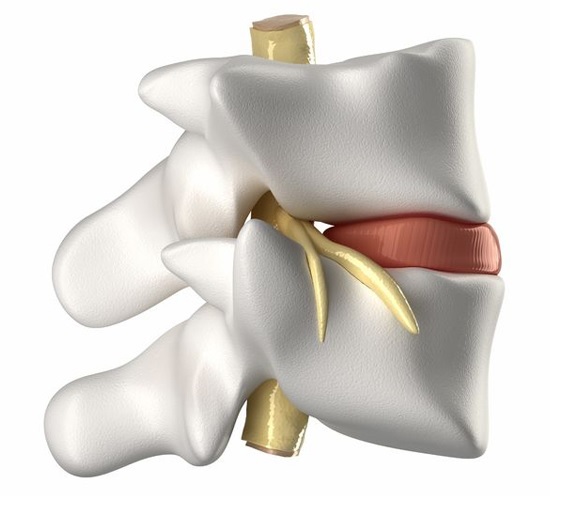
A herniated disc can be a painful and debilitating condition that affects millions of people every year. A herniated disc occurs when the soft inner material of a spinal disc leaks out through a tear in the outer layer, putting pressure on surrounding nerves and causing pain, numbness, and tingling in the back, neck, arms, and legs. While surgery is sometimes necessary to treat a herniated disc, many people are able to find relief through non-surgical treatment options.
The first step in treating a herniated disc is to get a proper diagnosis from a doctor. This may involve a physical exam, imaging tests such as an MRI or CT scan, and nerve tests to determine the extent of the problem and identify any nerve damage.
Once a herniated disc has been diagnosed, there are several non-surgical treatment options that can help to relieve pain and improve function. Some of the most commonly recommended non-surgical treatments for a herniated disc include:
-
Physical therapy: Physical therapy can help to strengthen the muscles surrounding the affected area, improve flexibility and range of motion, and reduce pain. Physical therapists may also recommend exercises to help alleviate pressure on the affected disc and promote healing.
-
Chiropractic care: Chiropractors specialize in treating conditions of the musculoskeletal system, including herniated discs. They may use a variety of techniques, such as spinal manipulation, to help relieve pain and improve function.
-
Acupuncture: Acupuncture is a traditional Chinese medicine practice that involves the insertion of fine needles into specific points on the body to stimulate healing. Acupuncture has been shown to be effective in reducing pain and improving function in people with herniated discs.
-
Massage therapy: Massage therapy can help to relieve muscle tension and improve circulation, which can in turn help to reduce pain and improve function in people with herniated discs.
-
Over-the-counter pain relievers: Over-the-counter pain relievers, such as ibuprofen and acetaminophen, can help to reduce pain and swelling associated with a herniated disc.
-
Ice and heat therapy: Applying ice or heat to the affected area can help to reduce pain and swelling. Ice is usually recommended for the first 48-72 hours after the onset of symptoms, followed by heat to improve circulation and promote healing.
-
Lifestyle changes: Making certain lifestyle changes, such as losing weight, quitting smoking, and avoiding activities that put unnecessary strain on the back, can also help to relieve pain and improve function in people with herniated discs.
In addition to these non-surgical treatment options, there are several alternative therapies that may also be helpful in treating a herniated disc. These include:
-
Yoga: Yoga can help to improve flexibility and strengthen the muscles surrounding the affected area, which can in turn help to reduce pain and improve function.
-
Tai chi: Tai chi is a gentle form of exercise that involves slow, flowing movements. It has been shown to be effective in reducing pain and improving function in people with herniated discs.
-
Herbal remedies: Some herbal remedies, such as willow bark and ginger, have been shown to be effective in reducing pain and swelling associated with a herniated disc.
It’s important to keep in mind that everyone is different, and what works for one person may not work for another. It may take some time to find the right combination of treatments to effectively manage the symptoms of a herniated disc. It’s also important to work closely with a doctor that has experience treating this condition.
Dr. Daniel Lonquist DC, CCST, CCWP, CFMP
Certified in Chiropractic Spinal Trauma
Back To Health Wellness Center
2470 Patterson Rd. Ste 3
Grand Junction, CO 81505
970-257-9199

